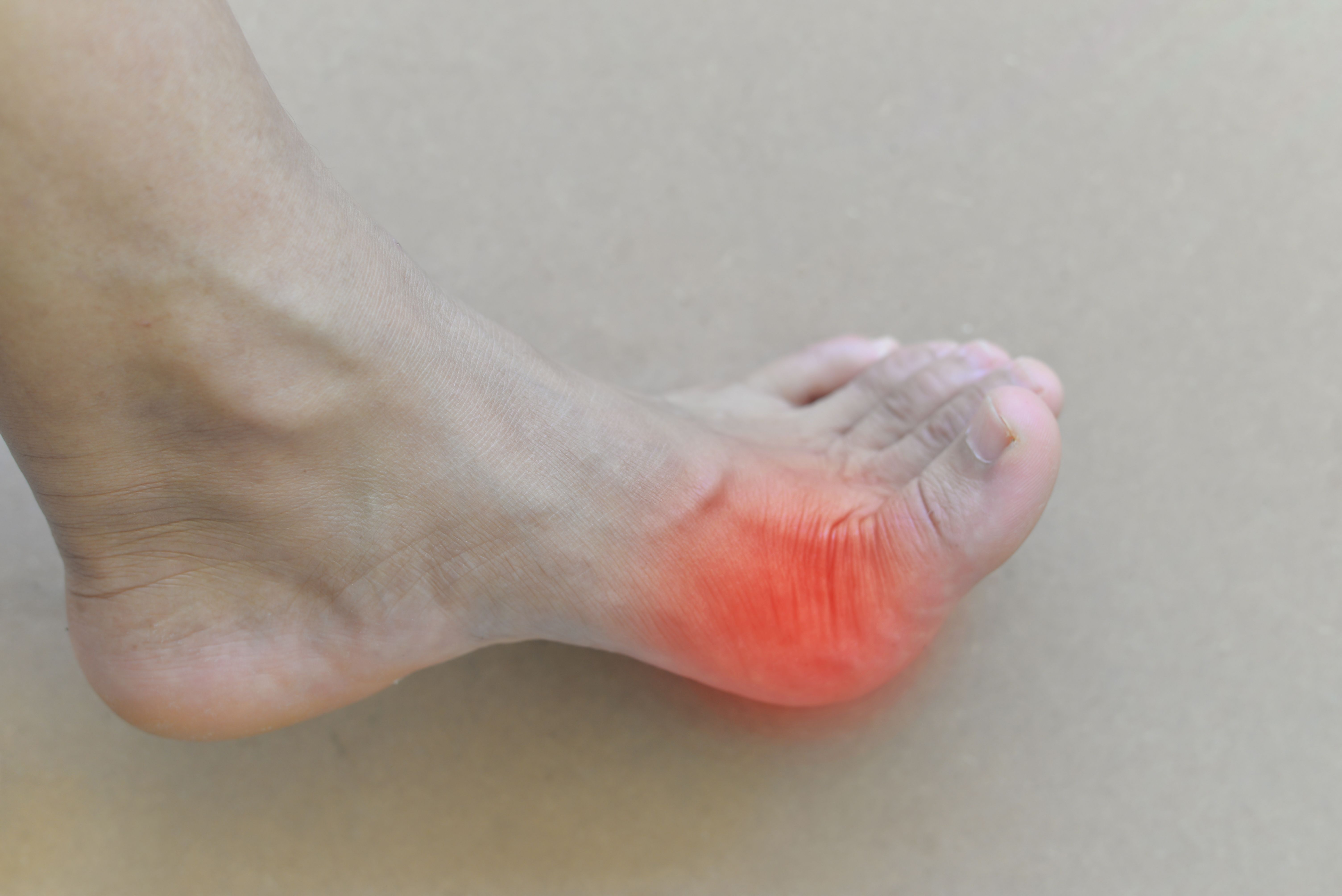Early Gout Onset, Tophaceous Disease in Men Linked to Risk Alleles
"It may be important to identify genetic variants from a gout genome-wide association study (GWAS) rather than serum urate GWAS, in case these variants have an effect on gout independent of their effect on serum urate.”
Earlier onset of gout involves the accumulation of gout risk alleles in men and the genetic risk is shared among multiple ancestral groups. Gout risk variants also harbor risk for younger age at onset and tophaceous disease in both European and Polynesian men, according to a study published in Arthritis & Rheumatology.1

Existing genetic studies of gout severity have primarily focused on a few of the most strongly associated serum urate variants. While there is a clear genetic influence on serum urate concentrations, crystallization and inflammation likely also have a genetic underpinning,” investigators stated. “For this reason, it may be important to identify genetic variants from a gout genome-wide association study (GWAS) rather than serum urate GWAS, in case these variants have an effect on gout independent of their effect on serum urate.”
Investigators evaluated whether a polygenic risk score (PRS) was associated with age at gout onset and tophaceous disease in men and women with gout of European (EUR) and Polynesian descent. A 19-variant gout PRS (P < 5 x 10-8), consisting of 27,287,012 patients, was conducted in 7 European gout cohorts, 2 East Polynesian (EP) gout cohorts (n = 682), and 1 West Polynesian (WP) gout cohort (n = 490). Phenotypic data, excluding the UK Biobank, was collected through a combination of questionnaires, in-person assessments, and laboratory measurements. Age at onset and tophaceous disease was defined through self-reported evaluations and physical examinations.
While the PRS was linked to earlier age at gout onset in men (βEUR [95%-CI]: -3.61 [-4.32, - 2.90] years per unit PRS; βEP: -6.35 [-8.91, -3.80]; βWP: -3.51 [-5.46, -1.57]), it did not show the same results in women (βEUR: 0.07 [-2.32, 2.45]; βEP: 0.20 [-7.21, 7.62]; βWP: -3.33 [-9.28, 2.62]). Further, there was a positive association with tophaceous disease in men (OREUR: 1.15 [1.00, 1.31]; OREP: 2.60 [1.66, 4.06]; ORWP: 1.53 [1.07, 2.19]). This association was not seen in women (OREUR: 0.68 [0.42, 1.10]; OREP: 1.45 [0.39, 5.36]). The removal of the ABCG2 variants from the PRS was seen in Europeans and East Polynesians, but not West Polynesians (βEUR: -2.42 [-3.37, -1.46]; βEP: - 6.80 [-10.06, -3.55]; βWP: -1.79 [-4.74, 1.16]).
The study was limited by relating only to index event bias, thus potentially resulting in an induced association between risk factors when studies are conditioned on a common effect or collider. Investigators expect that collider bias may have resulted in an underestimate of the effect of the PRS on tophaceous disease but not age at onset. Another limitation was the relatively small number of female patients with gout. It is also likely that other genetic variants may have contributed to gout severity.
“Genetic risk for gout derived from a cohort of European ancestry associates with earlier age at gout onset and tophaceous disease in men from 3 ancestral backgrounds,” investigators concluded. “We hypothesize that this reflects a trans-ancestral male-specific genetic predisposition to gout among primary gout cases that increases risk of tophaceous gout.”
Reference:
Sumpter NA, Takei R, Cadzow M, et al. Association of Gout Polygenic Risk Score with Age at Disease Onset and Tophaceous Disease in European and Polynesian Men with Gout [published online ahead of print, 2022 Oct 25]. Arthritis Rheumatol. 2022;10.1002/art.42393. doi:10.1002/art.42393